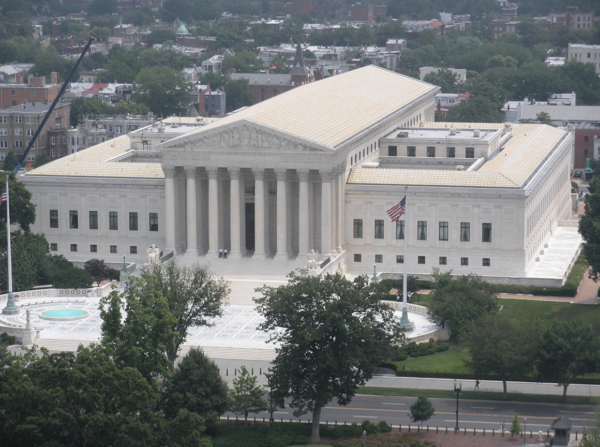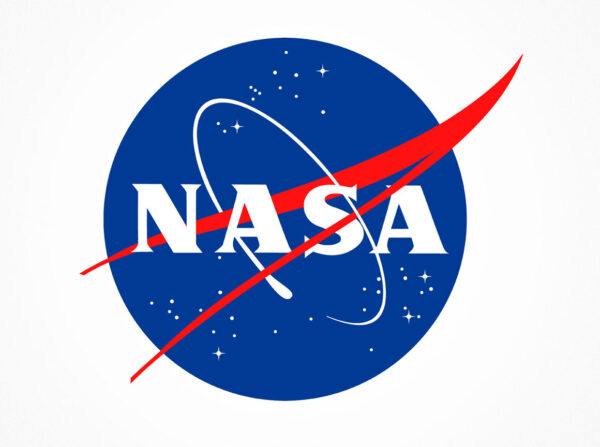U.S. Supreme Court
Joan and Irwin Jacobs Supreme Court Docket
- Select Term
- 2024 Term
- 2023 Term
- 2022 Term
- 2021 Term
- 2020 Term
- 2019 Term
- 2018 Term
- 2017 Term
- 2016 Term
- 2015 Term
- 2014 Term
- 2013 Term
- 2012 Term
- 2011 Term
- 2010 Term
- 2009 Term
- 2008 Term
- 2007 Term
- 2006 Term
- 2005 Term
- 2004 Term
- 2003 Term
- 2002 Term
- 2001 Term
- 2000 Term
- 1999 Term
- 1998 Term
- 1997 Term
- 1996 Term
Stay informed about our latest work in the courts.
By completing this form, I agree to receive occasional emails per the terms of the ACLU's privacy statement.
All Cases
19 Supreme Court Cases during the 2010 Term

National Security
Abdullah al-Kidd v. United States, et al.

National Security
Abdullah al-Kidd v. United States, et al.

National Security
Privacy & Technology
NASA v. Nelson

National Security
Privacy & Technology
NASA v. Nelson

Women's Rights
Wal-Mart v. Dukes

Women's Rights
Wal-Mart v. Dukes

Smart Justice
+2 Issues
J.D.B. v. North Carolina

Smart Justice
+2 Issues
J.D.B. v. North Carolina

Smart Justice
+2 Issues
Flores-Villar v. United States

Smart Justice
+2 Issues
Flores-Villar v. United States
How Do Terms Work?
Between October and late June or early July the Supreme Court is “in session,” meaning it hears oral arguments, issues written decisions, and decides whether to take additional cases.
Submitting petitions
Our legal team at the ACLU files a cert petition to the U.S. Supreme Court, a type of petition that usually argues that a lower court has incorrectly decided an important question of law that violates civil rights and should be fixed to prevent similar confusion in similar cases.
U.S. Supreme Court decides to take a case
On average, the Court considers about 7,000 ‐ 8,000 petitions each term and accepts about 80 for oral argument.
Oral arguments
This is the period where the U.S. Supreme Court listens to our case in court.
U.S. Supreme Court makes final decisions
While the U.S. Supreme Court makes decisions throughout the term, many are released right before the term ends. If a decision doesn't go in our favor, we fight back!